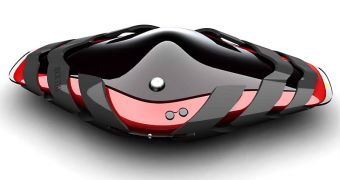Launched all the way back in 2005, the Xbox 360 managed to make a name for itself in the “next-generation” console wars, but its hardware is pretty much outdated by now, struggling even with 720p resolutions in some newer titles. So a successor is in the works, latest rumors suggesting this will be powered by an AMD chip.
Launched in 2001, the original Xbox came with an Intel CPU and Nvidia graphics, but this changed when the Xbox 360 was conceived since Intel began complaining that no money were being made from the CPU's being sold to Microsoft, Nvidia also bumping heads with the Redmont-giant over some hardware issues found in the graphics units.
As a result, when designing the Xbox 360, Microsoft went with an IBM-designed triple-core Xenon CPU that was (interestingly enough) built by Globalfoundaries and with a graphics chip that was derived from ATI's R600 graphics core.
Called the Xenos, this graphics unit is close in performance to the Radeon HD 1900, but with DX10 features from the R600, newer Xbox versions coming with an integrated, single-chip CPU/GPU design from Globalfoundaries.
But, according to KitGuru, the next generation Xbox console will feature a chip designed on AMD's Fusion architecture, probably based on the AMD Krishna APUs that will be produced using Global Foundries’ 28nm ‘high-k gate first’ process.
Going for such a solution would mean that the new Xbox would manage to deliver 1080p resolution graphics at 60fps locked while also being 3D capable at the same frame rate.
Since one of the most important problems that Microsoft encountered with the Xbox 360 during its lifetime (especially in early consoles) was with overheating, going for a Krishna chip will surely make this a thing of the past as the 28nm manufacturing process together with the unified architecture will most certainly deliver a cool running chip.
Unfortunately, no further information is available at this time, KitGuru stating they expect the next-generation Xbox to be launched sometime in 2012.

 14 DAY TRIAL //
14 DAY TRIAL //